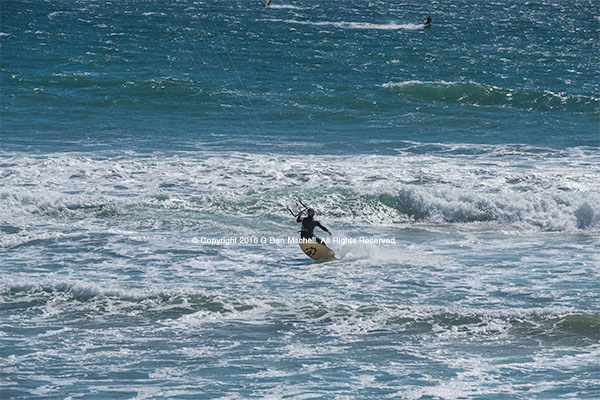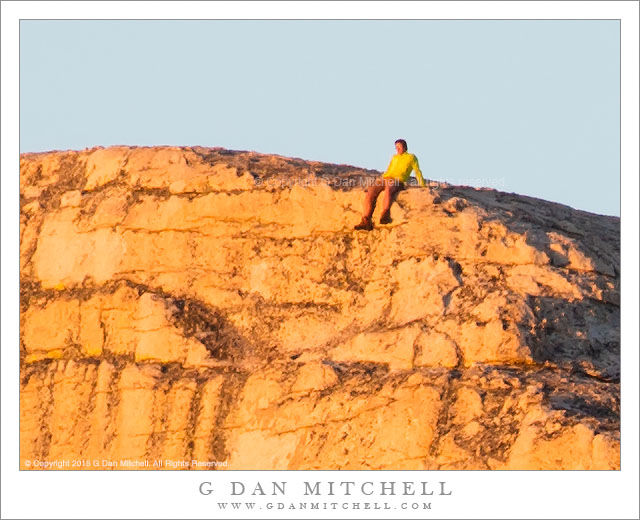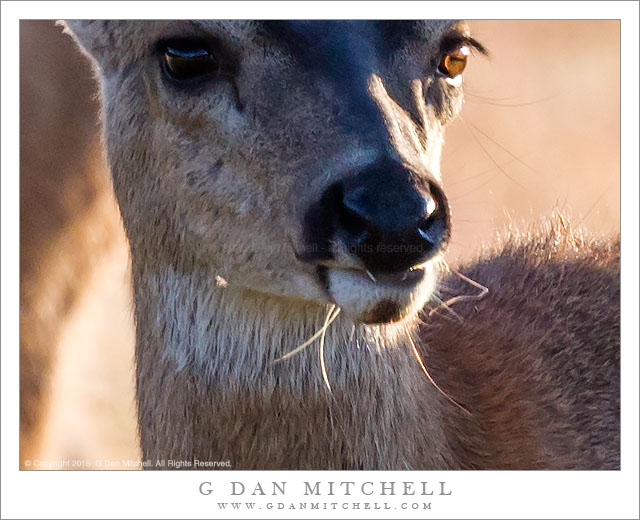It has been a while since I posted an article in my “Photographic Myths And Platitudes” series — so here is a new one! It is a bit different than some of the previous posts in that it is based on something I wrote elsewhere in response to a lengthy (and long-winded!) discussion that suggested hyper-awareness of the so-called diffraction-limited aperture.
What is the diffraction-limited aperture, you ask? It is a real thing — not a myth — though it is sometimes over-emphasized by overzealous techno-photographers. In simple terms, as you stop down a lens its potential maximum resolution declines as a result of diffraction blur. (Keep in mind that other factors affect sharpness, too. Also, this happens to every lens, from the cheapest to the most expensive — it is a universal optical phenomenon.) At some aperture, the increase in blur becomes significant enough, in a technical sense, to be more of a “limitation” on image sharpness than the ability of the sensor to record detail — e.g. the “number of megapixels” of the sensor. A simplistic interpretation of the concept suggests that a photographer should avoid other apertures in order to “get the sharpest image.”
As with many things in photography, it isn’t that clear-cut.
Now on to my original post. It is a bit technical, though I think most photographers should be able to follow it — and I will conclude with some simple, straightforward practical advice. (And here I remind readers that sharpness is not the most important, much less the only important thing in photography. Far from it!)
Sharpness, or at least the perception of sharpness, is a more complex thing than choosing the aperture the provides (to the extent that this can be determined) the highest optical resolution at the sensor plane, measured at either a) the best performing point in the frame, or b) the average across the frame.
(Speaking of “the extent that this can be determined,” I wonder how folks would answer the following question: Which is “sharper,” the image with the best center resolution but slightly lower corner resolution or the image with slightly less center resolution but better overall resolution across the frame?)
While we might consider whether f/16 will be softer than f/8 on some lens/camera combination — it almost certainly will be softer — it isn’t irrelevant to ask: “How much softer, and will this affect my print?” In quite a few cases the difference in maximum resolution in the print will be essentially invisible. In other words, while you will get optimal resolution at some particular aperture, you will actually still get extremely good print resolution at a smaller (or larger) aperture, too.
If there is no particular photographic reason to choose a smaller (or larger!) aperture, you might as well use whatever aperture you think will produce the highest resolution. That best resolution aperture will vary based on the lens you are using, the camera format, and arguably the photo site density of the sensor. To generalize, if you are shooting full frame it will probably be somewhere in the f/5.6-f/8 range with many lenses. (Other things can affect that — for example, what the maximum aperture of the lens is.) On a cropped sensor camera you could, in many cases, use either the same aperture or guess at one stop larger or so — while realizing that there could be resolution downsides to going larger with some lenses. Trade-offs abound! (I’ll spare you the technical discussion of all of the variables. You can think me later.)
But, seriously, if you are calculating the “sharpest” aperture to the closest 1/3-stop for each lens and using that aperture in the field and avoiding others that are slightly different, you probably aren’t really gaining anything significant from your efforts, and you may be sacrificing things that could make your photographs better.
That said, if we know that some mid-range aperture can provide the highest resolution, why use other apertures? And if we do use other apertures, won’t we end up with a softer print? Continue reading Photographic Myths And Platitudes — Diffraction Limited Aperture







